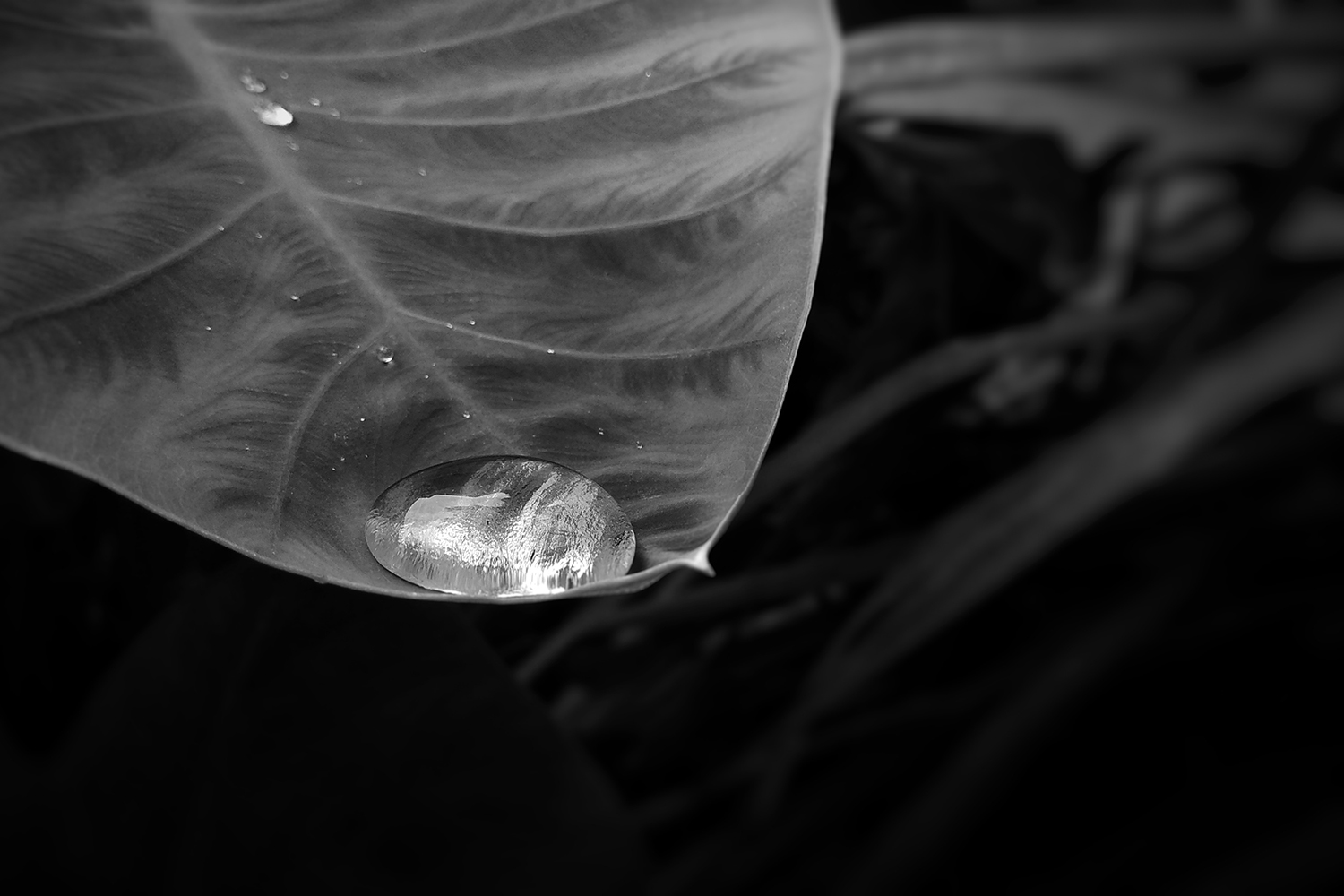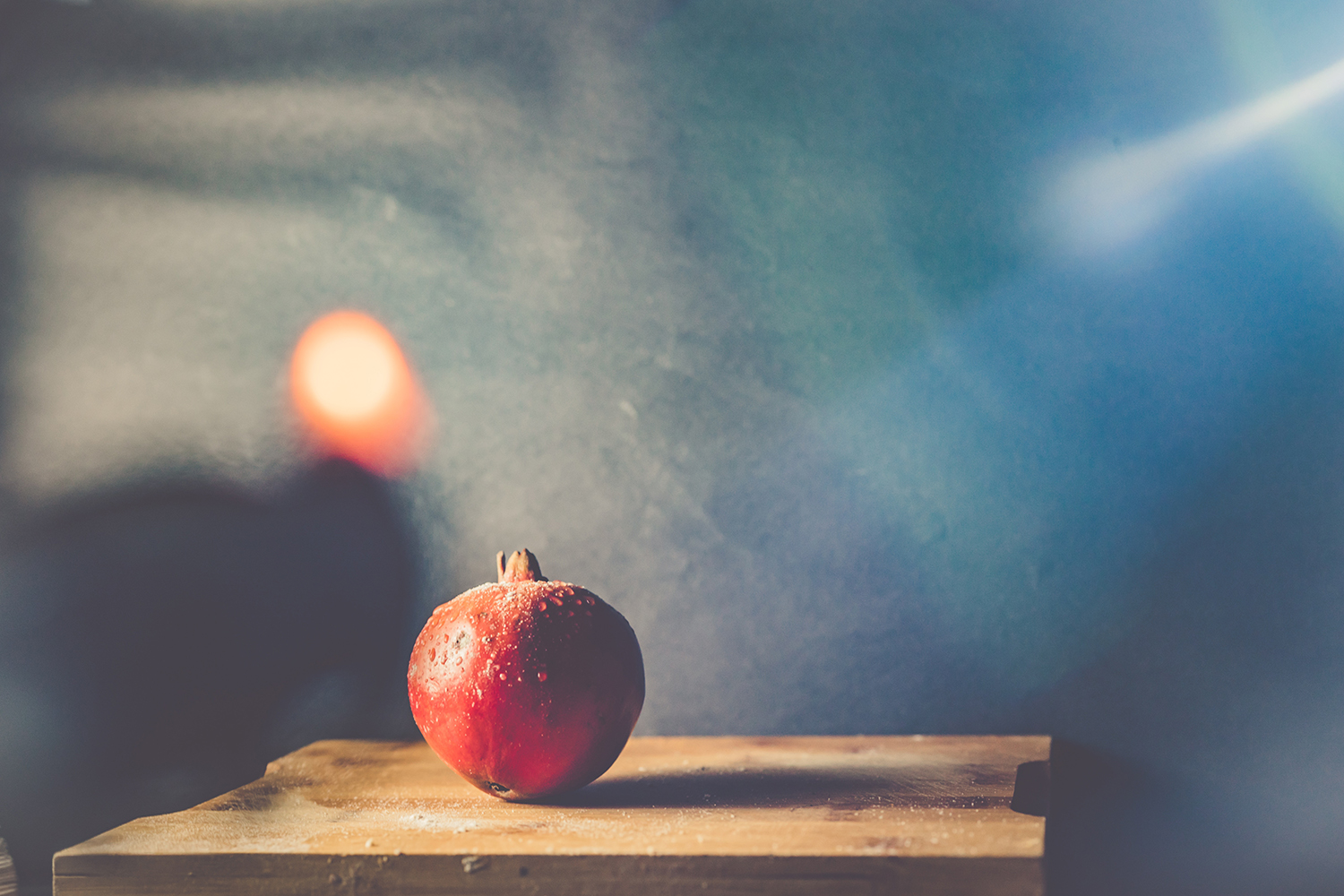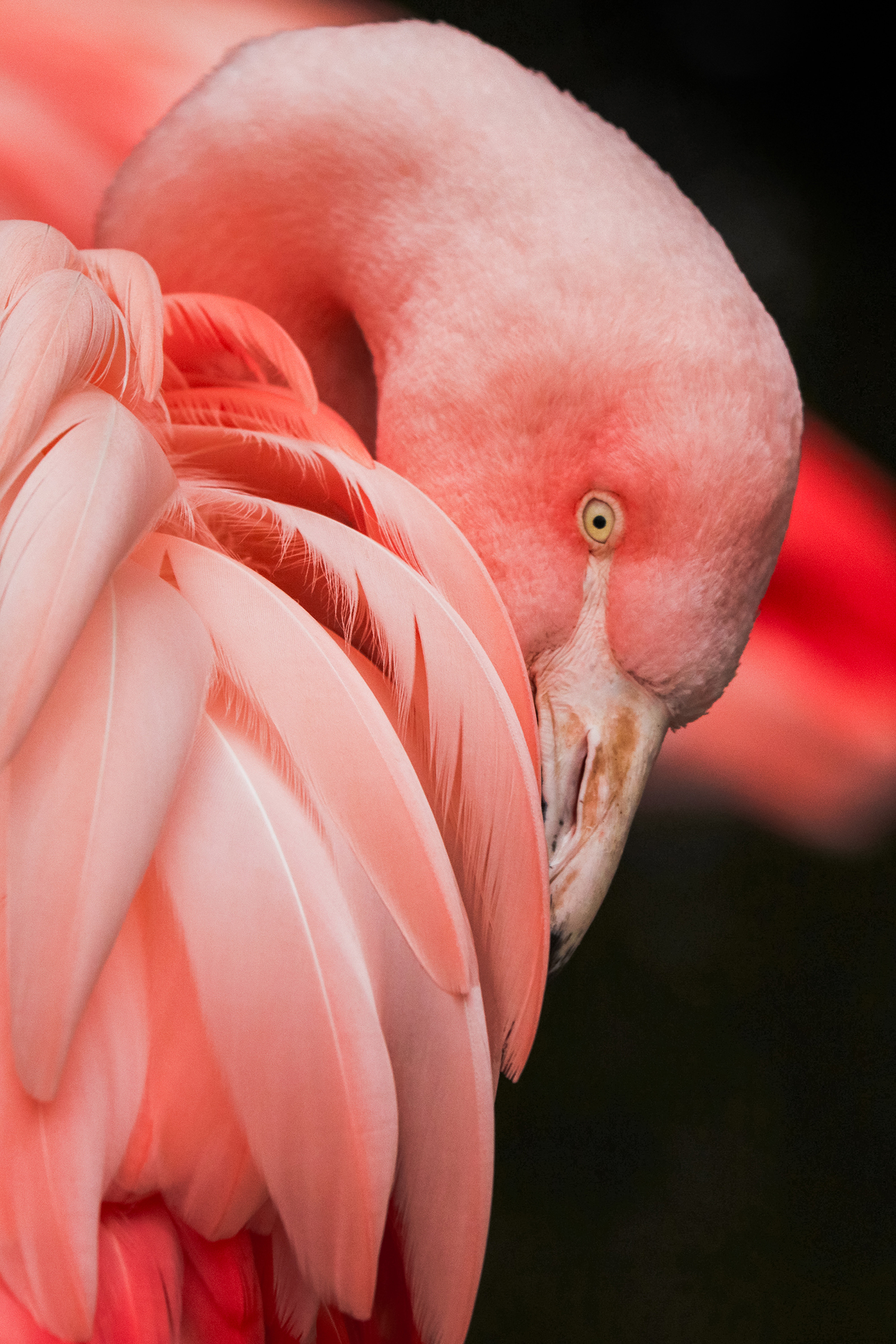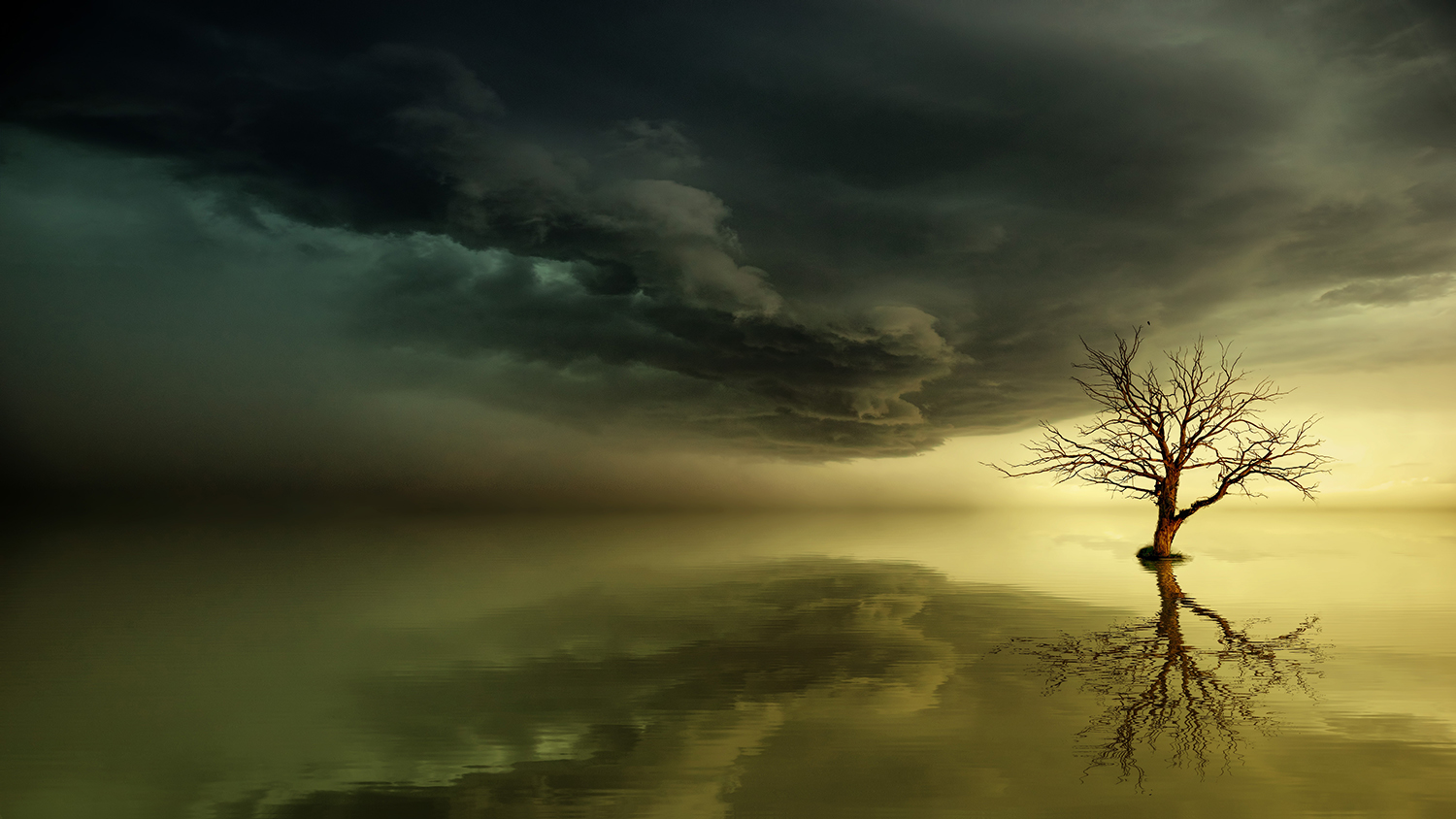An Introduction Guide to Fine Art Photography
When we think of portrait photography, we think of perfectly posed images of families, children, couples, etc.
The goal is to get a well composed and exposed image with nice expressions that show the subject’s personality.
Fine Art Photography is much different. It takes a lot of creative vision and skill to execute that vision using a camera.

Fine Art Photographers are often considered true artists. That doesn’t mean that being a great portrait photographer doesn’t require skill and creativity, it certainly does.
However, fine art images are more about the artist’s creative vision than the actual subject.
They are more about what the artist (photographer) sees than what the camera sees. Fine Art photos are typically meant for wall art or décor.
In the words of Ansel Adams:
“Art implies control of reality, for reality itself possesses no sense of the aesthetic. Photography becomes art when certain controls are implied.”

Marketing Yourself
If you decide to dive into the world of fine art photography, you need to know who your target audience is. In portrait photography, you typically market to the general public (families, couples, parents, high school seniors, corporate workers seeking headshots, etc.)
Just like portrait photographers, fine art photographers need to make a name for themselves. Once you are capable of presenting influential work that truly says something about you as an artist, begin “showing it off.” Create online galleries, websites, and be present and persistent when it comes to social media marketing.
You want to be noticed by collectors, art book authors, magazines, and art galleries. Not only do you want to be noticed, but you also need to reach out to them. Get a beautiful collection of prints and approach them and show them what you have to offer.

What And Where To Shoot
Fine art is all about personal preference and personal creative vision. The artist may use the actual location, props, or unique lighting to convey their vision.
Whether shooting people, landscapes, or wildlife, the goal is to create images that have visual artistic interest. If shooting people, this can be done by creative posing, capturing different emotions, adding props, or adding elements via post-processing.
When shooting fine art landscape images, the artist will focus on framing the scene just right so the viewer sees only what the artist wants them to see. If you put a fine art photographer in front of a huge rocky mountain, they may want to put more emphasis on the texture of the rock than the actual mountain itself. So instead of standing back and simply capturing the scene, they may zoom in to a small defined area to show the pattern and texture.
When shooting wildlife a fine art photographer may want to focus more on the expression of the animal, rather than just the animal itself.

Plan Ahead
The key to fine art photography is to plan ahead. Have a clear idea of what it is you want your art to display so that others see it the same way you do in your vision. Think of where and how you will set up the shot.
What kind of additional lighting will you need, if any? Which pose you will need to direct your subject to if shooting people? Do you need specific props? What will you need to do in post-processing to add extra elements or overall moods to the image? What type of texture will compliment your art best?
The key is to use the camera as just a tool to create art that represents you as an artist. It’s a creative process from start to finish. Creative thinking, preparation, capturing the image, editing it to perfection, and the final print are all equally important when creating fine art via your camera.
